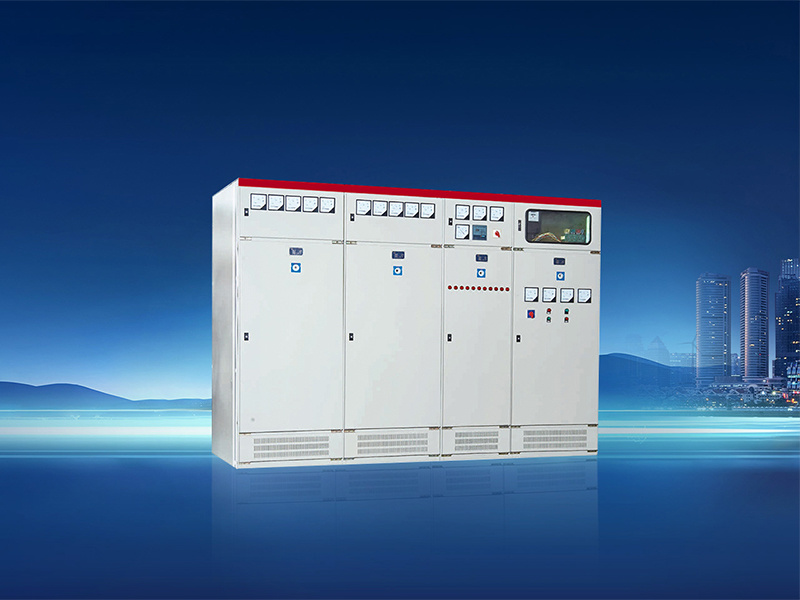Common Maintenance Tips for Low Voltage Distribution Cabinets
The maintenance of low-voltage distribution cabinets involves multiple aspects. Here are the detailed steps and precautions for maintaining low-voltage distribution cabinets:
-
Regular InspectionRegularly conduct comprehensive inspections of the low-voltage distribution cabinet, checking the cabinet body, terminal connections, switches, cables, and connections between distribution panels, to ensure the operational status of electrical equipment and the reliability of connections, and to promptly identify and address any potential faults and defects.
-
Cleaning and MaintenanceThe distribution cabinet should be regularly cleaned and maintained, including removing dust and dirt, ensuring good internal ventilation, and regularly replacing filters to ensure normal operation of the equipment. Use a vacuum cleaner to clean the dust inside the cabinet, organize the cable lines, and avoid contamination of the distribution cabinet by impurities.
-
Check Cable ConnectionsRegularly check whether the cable connections are securely tightened and use insulating tape for thermal protection. Check for deformation at busbar joints and any signs of discharge or blackening, and tighten the connection bolts. If the bolts are rusty, they should be replaced to ensure a tight connection.
-
Testing and MaintenanceThe distribution cabinet should undergo regular insulation testing, such as measuring winding insulation resistance, insulation medium efficiency, and other electrical tests and maintenance work.
-
Replace ComponentsRegularly replace worn components such as fuses, relays, and switches. At the same time, check whether the contactor, capacitor connection screws, and grounding devices are intact, and check for bulging in capacitors.
-
Regular CalibrationRegularly check and calibrate the testing instruments of the distribution cabinet to ensure the accuracy and validity of the test results.
-
Anti-Corrosion and PaintingCarry out anti-corrosion and painting work to protect the external metal materials and electrical components of the low-voltage distribution cabinet from wear.
Please note that the maintenance of low-voltage distribution cabinets is not an easy task and requires cooperation with relevant professionals. If you do not have the appropriate professional knowledge, do not attempt to perform maintenance on your own. After the maintenance period ends, the site should be cleaned, issues corrected, auxiliary equipment installed, and maintenance records accurately updated.
In summary, the maintenance of low-voltage distribution cabinets requires a comprehensive consideration of multiple aspects, from inspections and cleaning to component replacement and testing maintenance, all of which need to be performed regularly to ensure the normal operation of the low-voltage distribution cabinet and extend its service life.





